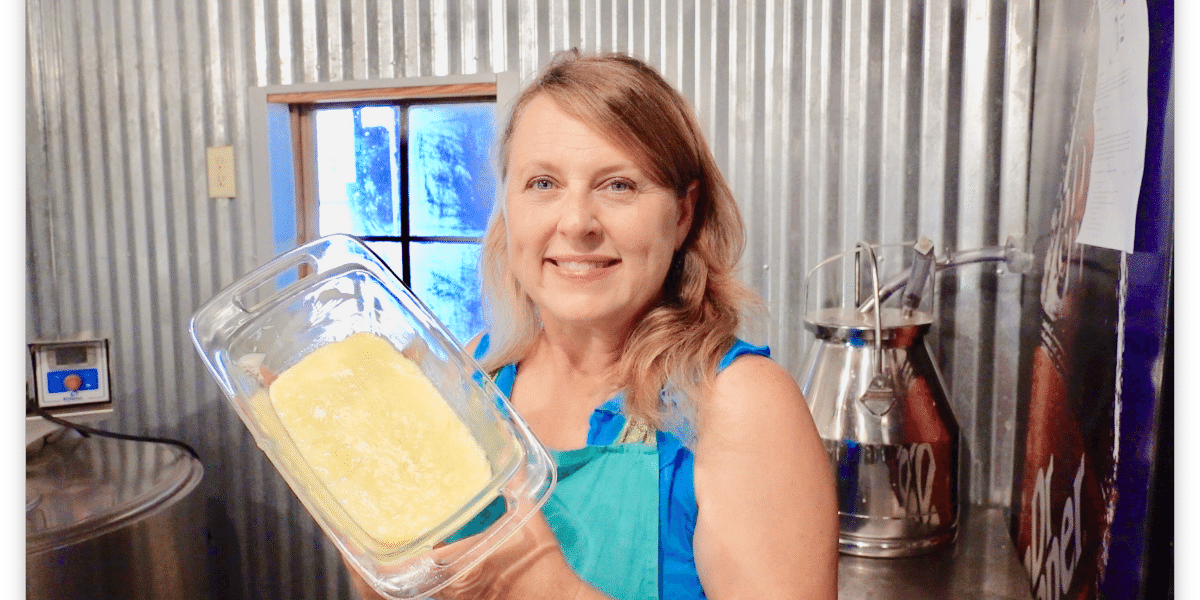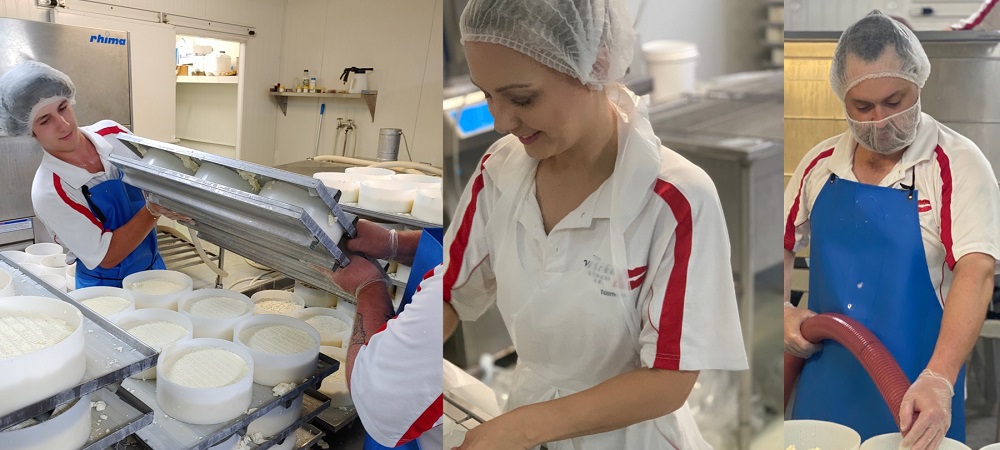Opening the Keys of Artisanal Cheese Making: A Step-by-Step Do It Yourself Guide
In the realm of culinary workmanship, artisanal cheese making stands as a testimony to the fragile equilibrium in between practice and innovation. As we embark on this trip to debunk the art of producing charming cheeses, we are encountered with a tapestry of skills and tricks waiting to be unraveled.
Choosing the Right Milk
When embarking on the journey of artisanal cheese making, the option of milk plays an important duty in determining the top quality and characteristics of the last product. The kind of milk chosen influences the flavor, appearance, and on the whole profile of the cheese.
When picking milk for cheese making, it is very important to take into consideration the fat material. Greater fat content in milk can cause a creamier and richer cheese, while lower fat web content may lead to a drier and stronger texture. In addition, the source of the milk, whether from cows, goats, lamb, or buffalo, contributes distinctive tastes and qualities to the cheese (Floridia Cheese). Each kind of milk brings its very own nuances, enabling a wide variety of cheese ranges to be crafted based upon the selected milk. Ultimately, the selection of milk is a basic decision that sets the structure for an effective artisanal cheese-making endeavor.
Culturing and Coagulating
To launch the cheese-making procedure, the important actions of culturing and coagulating have to be carefully performed to transform milk into curds and whey. Culturing includes introducing helpful microorganisms to the milk, which after that begins the fermentation process. These bacteria convert lactose (milk sugar) into lactic acid, producing the acidic setting necessary for coagulation. The kind of society utilized can dramatically impact the taste, appearance, and ripening of the last cheese item.

The timing and temperature control during culturing and coagulation are vital aspects that affect the final result of celebrity. Correct execution of these actions is necessary to ensure the wanted texture, taste, and uniformity of the artisanal cheese being created.
Draining Pipes and Pushing Curds
After the milk proteins have actually coagulated and the curds have been reduced to release whey, the following critical step in artisanal cheese making entails draining and pushing the curds to accomplish the wanted structure and uniformity of the final cheese item. Draining is the procedure of separating the curds from the whey. This can be done by moving the curds right into a cheesecloth-lined colander or mold and mildew and enabling the whey to drain pipes off naturally. visit this site The moment for draining can differ depending upon the type of cheese being made and the preferred moisture material.
Pushing helps get rid of any type of remaining whey and compacts the curds to form a strong cheese wheel. Correct draining and pressing are vital actions that significantly affect the quality and attributes of the artisanal cheese being generated.
Aging and Flavor Techniques
Carrying out precise aging and flavor techniques is pivotal in enhancing the deepness and complexity of artisanal cheeses, boosting their preference profiles to beautiful levels of improvement and class. Aging plays a vital function in developing the unique tastes and textures that identify artisanal cheeses.
Flavoring strategies also add significantly to the final preference of artisanal cheeses. Cheesemakers may choose to present added flavors by including ingredients such as natural herbs, seasonings, or perhaps fruits into the cheese throughout the manufacturing process. Additionally, some cheeses are washed or massaged with various liquids, such as brine or alcohol, to improve their tastes and textures.
Covering and Saving Cheeses

Verdict
In final thought, understanding the art of artisanal cheese making involves very carefully choosing the appropriate milk, following accurate culturing and coagulating processes, draining pipes and pushing curds effectively, and utilizing different aging and flavor strategies. Remember to wrap and store your cheeses appropriately to make certain optimum flavor and texture advancement.
Each kind of milk brings its very own subtleties, allowing for a large range of cheese ranges to be crafted based on the picked milk.After the milk proteins have actually coagulated and the curds have been reduced to launch whey, the next crucial step in artisanal cheese making includes draining and pressing the curds to accomplish the wanted texture and consistency of the final cheese product. A lot of cheeses need to be covered in wax paper or cheese paper to permit them to take a breath while protecting them from drying out. For cheeses that require to proceed aging, such as bloomy rinds or cleaned peels, guarantee they are saved in an amazing setting like a cheese cavern or a fridge established to the proper temperature. By paying interest to the wrapping and storage space of artisanal cheeses, cheese manufacturers and click for more info lovers can maintain the stability of these delicacies and fully appreciate their intricate flavors.